Understanding Metal Roof Construction Costs
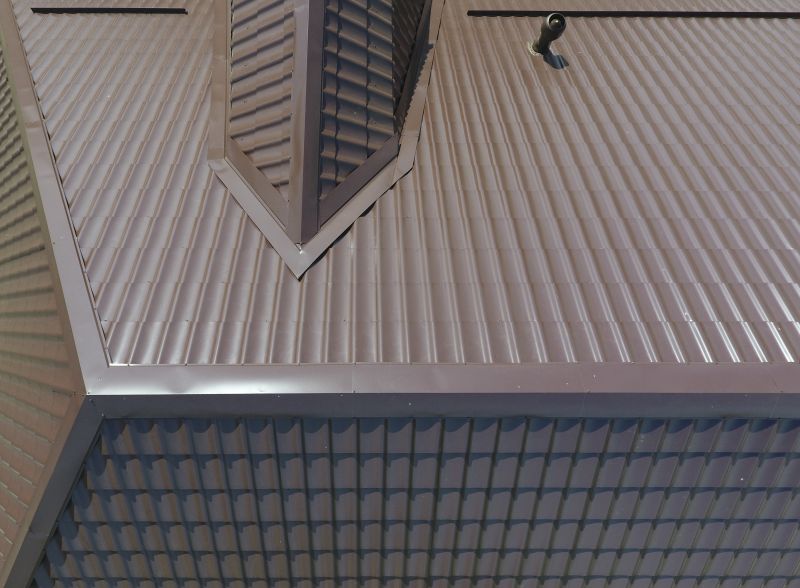
Different grades of metal materials affect the initial cost and durability of the roof.
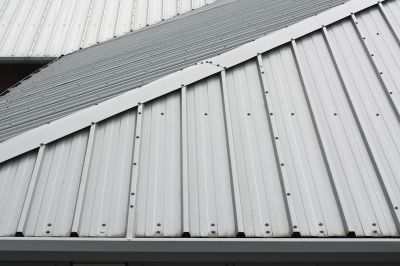
Architectural features and roof shape influence installation difficulty and cost.
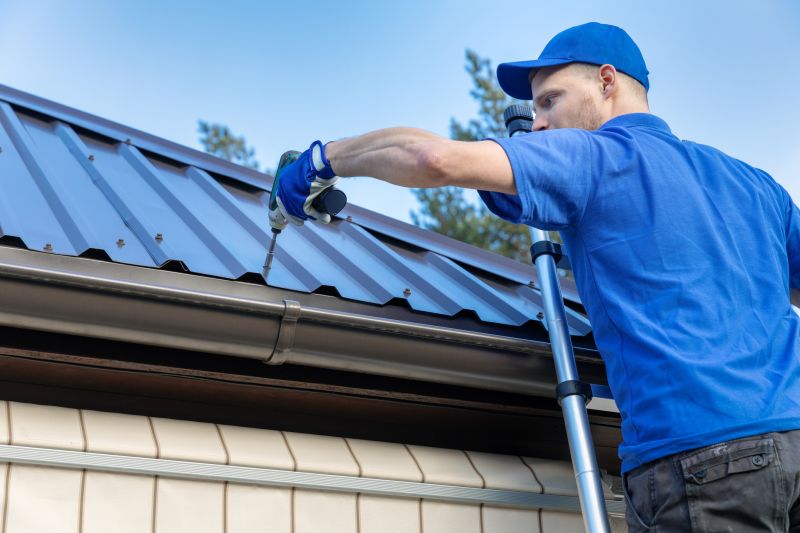
Site accessibility and weather conditions can impact labor and scheduling costs.
| Factor | Details |
|---|---|
| Material Type | Steel, aluminum, copper, and zinc alloys each have different costs and longevity. |
| Roof Size | Larger roofs require more materials and labor, increasing overall expenses. |
| Design Complexity | Complex designs with multiple pitches or features increase installation time. |
| Labor Costs | Regional labor rates and expertise levels influence installation expenses. |
| Location | Geographical factors can affect transportation and accessibility costs. |
| Existing Roof Condition | Preparation or removal of old roofing adds to the overall cost. |
| Warranty & Coatings | Premium coatings and extended warranties can raise initial costs but offer long-term benefits. |
| Permitting & Regulations | Local codes and permits may add to project expenses. |
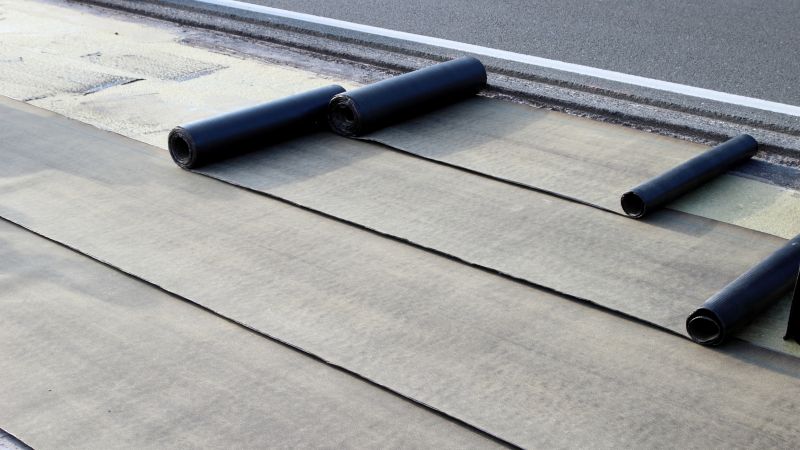
Proper insulation adds to the cost but improves energy efficiency and roof longevity.
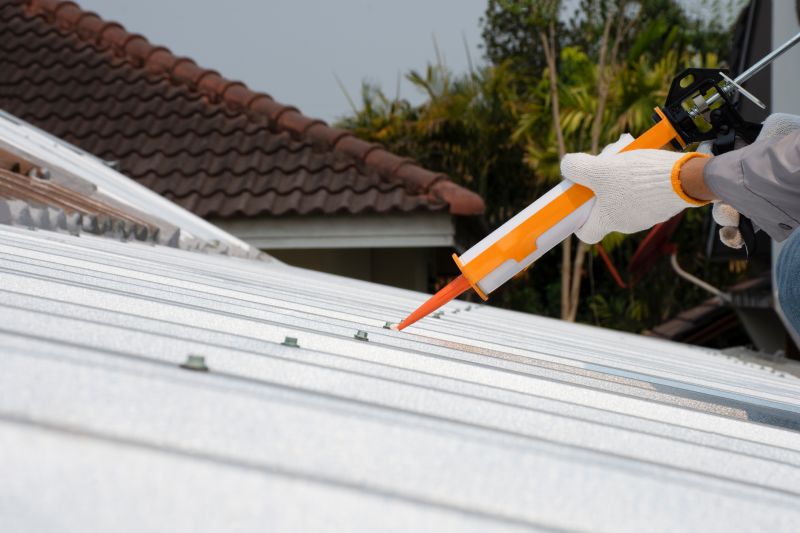
High-quality fasteners and sealants prevent leaks and extend roof lifespan, impacting costs.
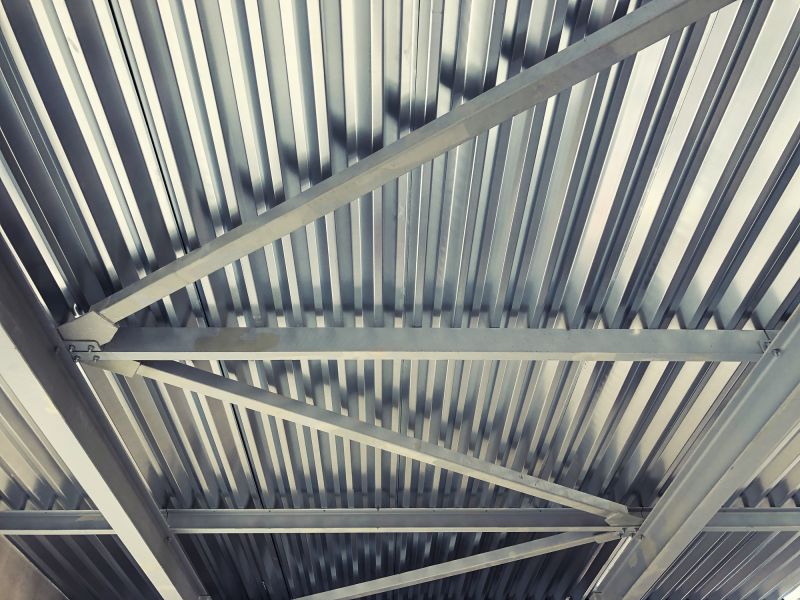
Interior ceiling and wall finishes may be included depending on the project scope.
| Service | Average Price Range |
|---|---|
| Basic Metal Roof Installation | $7,000 - $15,000 |
| Premium Metal Roofing | $15,000 - $30,000 |
| Custom Architectural Metal Roofs | $20,000 - $50,000 |
| Metal Roof Repair | $500 - $2,500 |
| Metal Roof Replacement | $10,000 - $40,000 |
| Insulation Installation | $1,500 - $4,000 |
| Roof Ventilation Systems | $300 - $1,200 |
| Gutter and Drainage Systems | $1,000 - $3,500 |
| Skylight Installation | $2,000 - $6,000 |
| Roof Coating and Sealing | $1,200 - $3,000 |
The costs associated with metal roof constructions encompass a range of factors from material selection to installation intricacies. Proper budgeting considers not only the initial expenses but also long-term benefits such as durability and maintenance requirements. High-quality materials and detailed designs tend to increase upfront costs but can result in reduced future repair and replacement expenses. Additionally, site-specific factors like accessibility and local regulations influence the final price. Accurate cost estimation enables effective planning and ensures that the project aligns with financial expectations while achieving desired performance and aesthetic outcomes.
